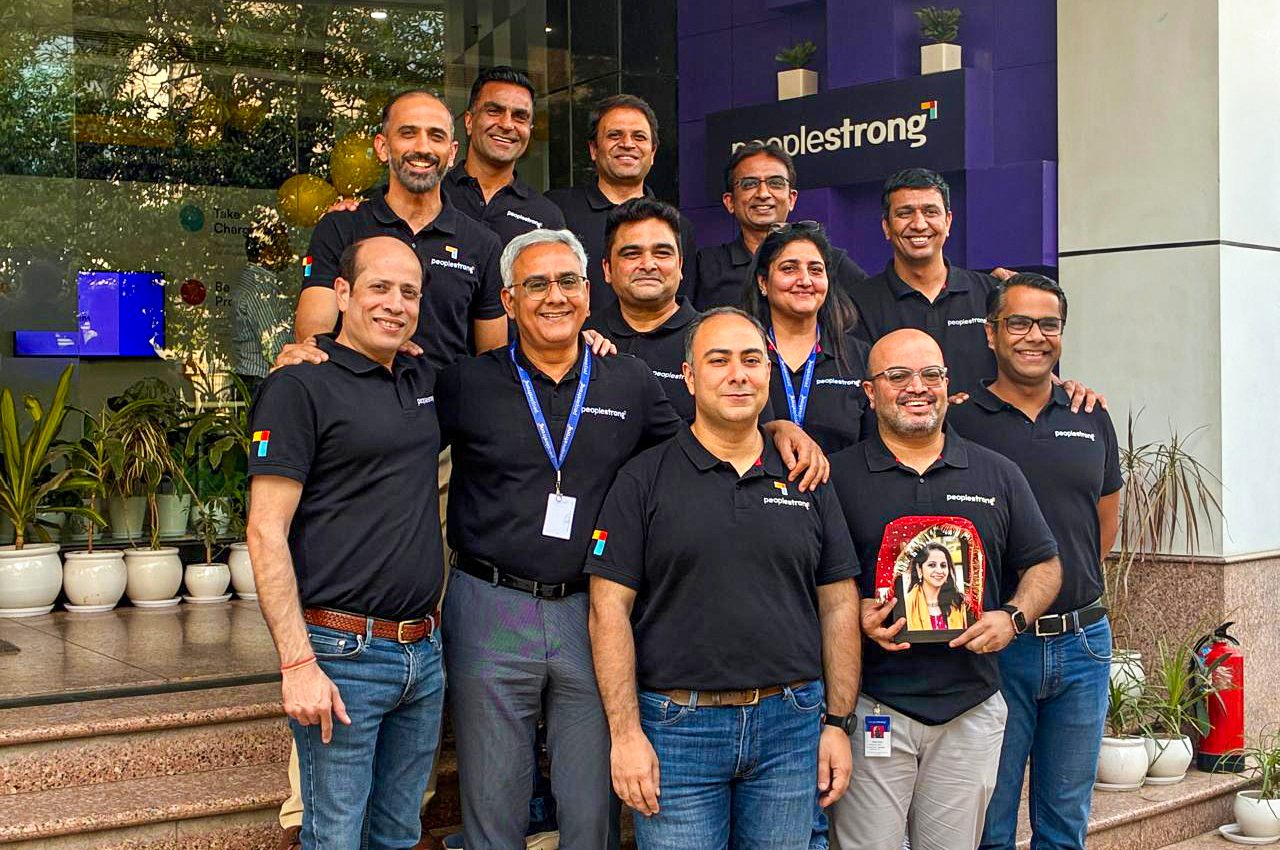This is the question that was discussed over at Thailand HR Forum 2020 held virtually over 18 – 20 of August 2020.
Organized by the Personnel Management Association of Thailand (PMAT), Boonchoo Malhotra of PeopleStrong sat down with K Prin Pitchayavijit, CPO at Taokaenoi Food and Marketing Public Company, to untangle the future of talent management in Thailand as COVID continues to impact the way we work.
Prin has over 25 years of HR experience and is one of the leader who drove an an engagement project at the biggest sugar company in Thailand which went on to win The Best Employer from Aeon Hewitt in 2016, 2017 and 2018.
To set the premise, the session was opened with the sharing of PeopleStrong 2028 letter. This is a letter that was crafted a few years back as part of our #newcodeofwork vision and cement what we envision in the year 2028.
The key points that was derived from the letter includes:
- Digital office
- Virtual attendance, virtual meeting
- Future of traveling mode
- Real time data
- People data
And how all these converge to create a new future on talent management.
1. Challenges of organisations

The pandemic has created multiple challenges for organisations at many different levels. Depending on the industries that you are in, the quantity and frequency of candidates would be erratic and unpredictable. If it is too high, it would have an impact on the recruitment funnel and overload the recruitment team to ensure every candidate is reviewed.
With remote work continue to be a norm, the pre-requisites of candidates have also evolved as self-discipline and ability to focus become critical to function effectively in a distracting home environment.
And with businesses affected, there may be headcounts reduction which would add additional stress to the existing ones as they must double up, and it might be in fields that are new to them. The old ways of recruiting for a specialist would not make sense.
All these points to the importance of better resource management at the human level and a revisit to how we conduct talent management within our organization. This must take into consideration the business continuity plan to factor for uncontrollable situations that may be detrimental to the business.
Fortunately, technological growth has accelerated, allowing many of us to continue to “meet” via Zoom and Teams. But beyond that, how do we keep talents engaged and ensure they continue to collaborate for greater outcomes? How can tech play a part in enabling that?
With payroll continues to be a huge part of costs, hoarding talents may cause the business to turn sideways very quickly when a bad situation hits. Would it be possible to share talents instead?
Supporting what K Prin shared, Boonchoo reiterated the need for employees to skill up in other areas outside of their current specialization. For organisations, recruiting must go digital to make sure that it will not come to a standstill when physical meetings cannot be taking place.
Remote work has also made the old ways of managing by time impossible. Performance should be the focus on outcomes and to make that a regular event instead of the once-a-year annual performance review.
The traditional way of conducting training in-house or at external sites are no longer feasible. Technology provides another way to continue skilling up with purpose-build Learning Management System (LMS) as PeopleStrong makes good use to conduct more than 15,000 sessions for 100k users over the past few months with Employee Training Management Software .
2. Critical success factors in Talent Management that works?

According to K. Prin, the costs of in-house training is extravagant and companies that adapted well to digital have realized that utilizing technology can be of great help on this and save cost. Companies need to revisit their priorities to put employees at the centre to build their foundation in talent management so they can retain their talents better.
This would involve skilling up your people managers to better equip them on how to manage their team members. And that would mean making quick decisions that keep things moving. All these to work towards the most ideal employee experience. Once employees are well taken care of, they will in turn be able to take care of customers better.
Boonchoo added that costs saving can be there with implementation of technology as it provides the ability to scale and is cheaper to adopt. Quicker decision making can easily be achieved with the help of real-time data that can be retrieved from the right platforms that are in placed to capture these data regularly.
All these are well encapsulated in the latest PeopleStrong engagement with BDMS, the largest private hospital network in Thailand. They were able to deliver online training to replace the external ones that can no longer be run. The mix of self-paced and live classes provide flexibility and variety for employees to keep them engage. And engagement would be tracked and monitored on the backend to create the feedback loop on how to better the training material.
3. So what would the future of Talent Management look like?

For a start, the definition of a permanent employee will change as labour becomes more fluid and gig-like. Digital hiring will inevitably escalate and so would contract hiring.
With talent management comes succession planning. More organisations will focus on identifying successors within the existing team, whether this may be done by building up internal capabilities or acquire from external sources. That will allow companies to assign appropriate assignments to their high potential to test them out and put them onto the learning conveyer belt to keep them sharp and relevant.
Click here to watch the webinar replay or learn more about how PeopleStrong is redefining talent management for better predictions about fit and potential here.












